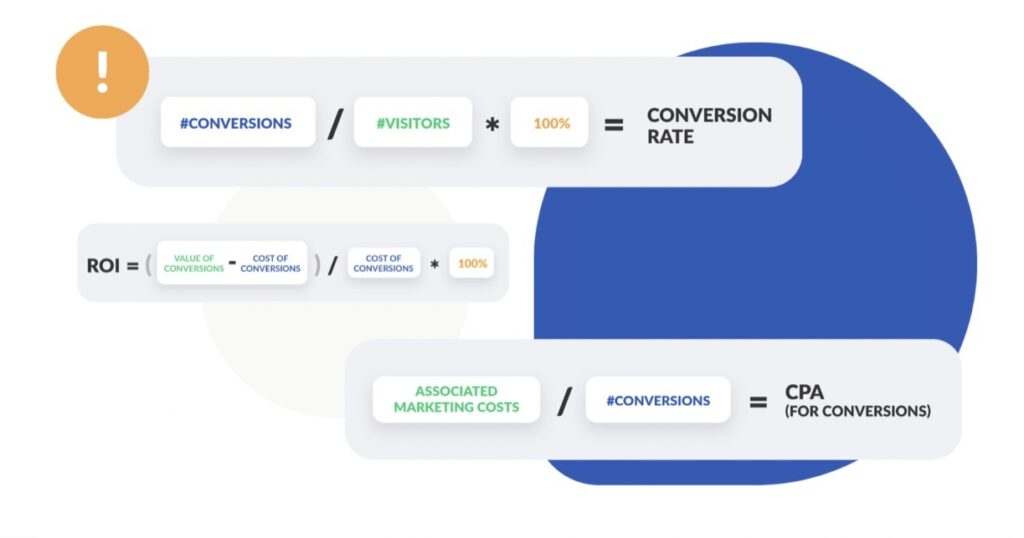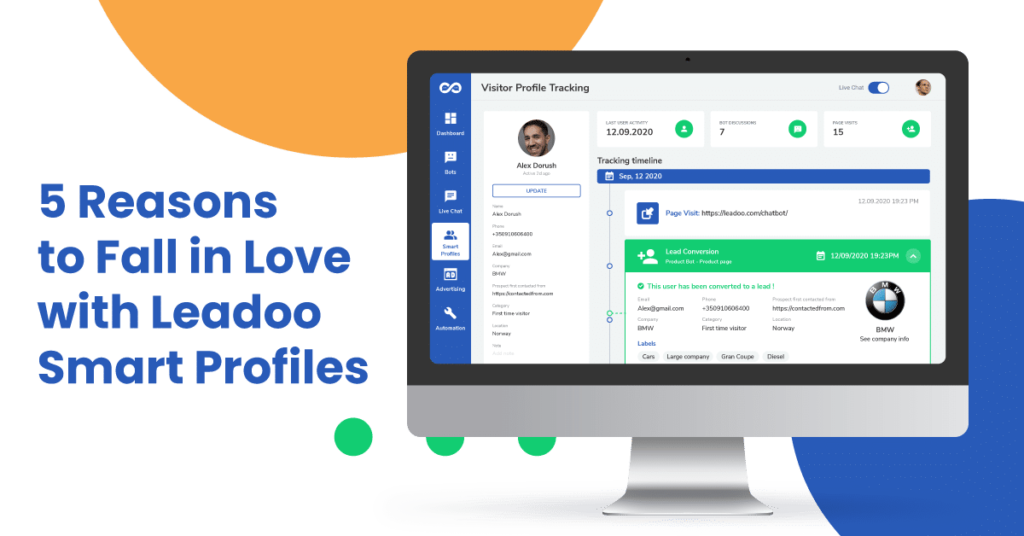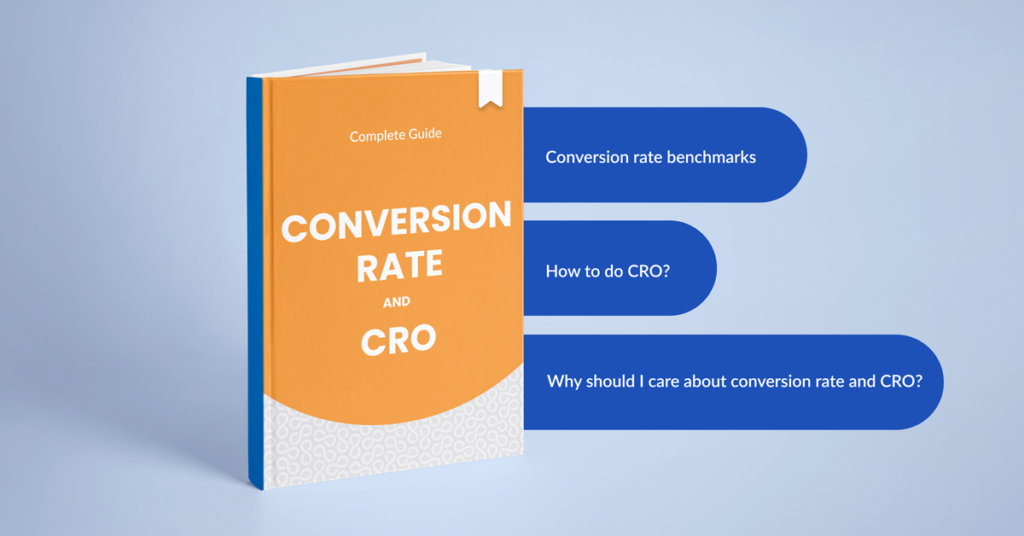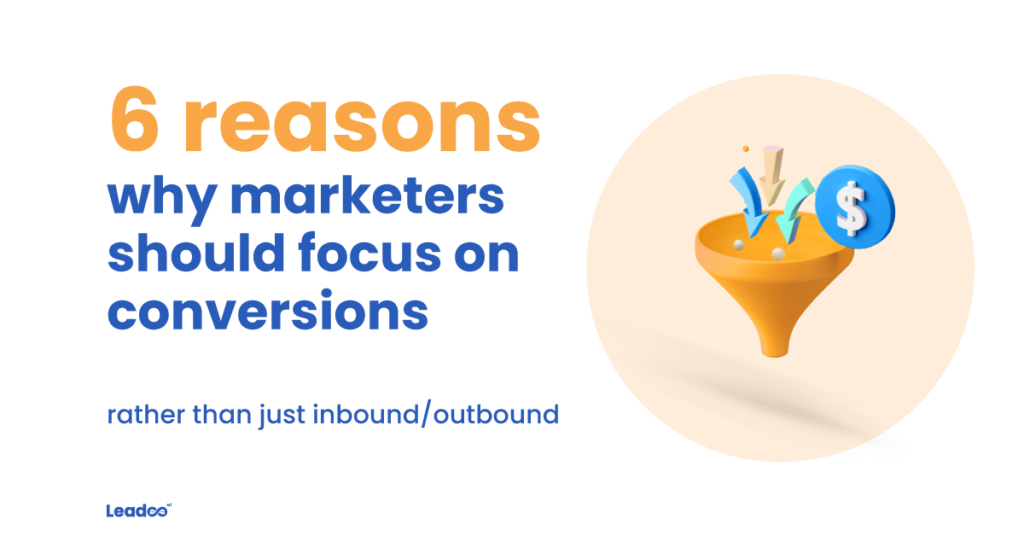Anyone who’s worked in sales will tell you that it’s both the best and the worst job in the world. This little nugget of knowledge isn’t a secret guarded by goblins in the depths of an ominous-looking cave, but rather something that salespeople all over the world share experiences of; when things are going well – good quality leads are flowing, customers are excited about your product and are helping boost your KPI’s – you feel good (and your paycheck does, too 💰).
Then come the tough times. All salespeople have been there; low sales, low commission and feeling like every lead you chase is a dead end. It’s frustrating, demotivating, and can cause cash flow and revenue problems that can be catastrophic for smaller companies in particular.
But, don’t despair. We have good news straight from the goblin’s mouth; the real secret to avoiding those kinds of days lies within your reach.
Conversion rate is the answer to your problem, and we’re going to show you how.
What is a conversion rate?
Conversions are actions that visitors to your website take to engage with you. What those actions are defined as is up to you, and usually business-dependent. A tech business, for example, may decide to set theirs as a customer booking a demo, whereas a retailer’s is more likely to be that the customer actually makes a purchase. So, the first stage in utilising your new bounty of knowledge on conversion is to decide what action(s) make sense for your market, business and customers specifically.
Psst! If you want to get into the nitty gritty of Conversion rates, check out our super handy guide to conversion here. You can thank us later.
We can work out what percentage of customers are taking these desired actions by looking at our analytics and using the following to work it out:
Conversions/Visitors *100 (graphic below)
The resulting percentage tells you how many people, out of the total number of visitors on your site, are taking a desired action. And those actions tell us a lot about each potential customer and can clue us in to where abouts in the conversion funnel they are. Knowing where the customer is in this funnel is key, as then you can do things at each stage of the buying journey to help your customer towards the end goal: buying your product.

So, why do sales teams love conversions?
There are plenty of reasons, but we’ve helpfully summed the three main reasons up for you below (I know, we’re so good to you).
🚀 It encourages sales and marketing teams to work together and pull in the same direction.
Ben Hunt-Davis, from Team GB’s rowing team, famously tells a story about how he and his team-mates prepared for the 2000 Olympics in Sydney. During the run up to the big race, for every decision they made, they would decide what to do based on which option would help their boat move faster. Eating a chocolate bar when he fancied it would slow the boat down, so he didn’t eat it. He took this stance quite literally; drastically changing his eating habits, his exercise regime, and his sleep patterns, as well as other parts of his life.
Now we don’t need to have perfectly synchronised sleeping patterns, but Sales and Marketing teams should always work in this cohesive way – after all, we rely on each other’s data and information to be successful within our own teams. We have the same overall aims, and that is for our metaphorical business boat to move forward a little bit faster tomorrow than it did today. And if everyone is focused on the customer and what they’re up to, we can work as a team to get them on board. That means more sales (happy Marketers), more commission (happy Salespeople) and a better experience for your customers. Happy days.
🚀 It provides the opportunity for you to build relationships with potential customers – even the passive ones.
People land on your website all the time – whether it’s a happy accident or due to some ingenious outbound marketing, they’re here now, and it is *showtime*.
Using some clever conversion rate optimisation tactics, such as chatbots, to gamify the customers’ experience and get them engaged with your brand, you can absolutely make the most of the time you have with each customer whilst they visit your page. Activating these customers helps them to build that all important relationship, meaning that when they come on to your site, they are more likely to remember your brand. And that means you get to be the top-of-mind entity when the customer is ready to make a purchase.
As an aside, chatbots have some serious perks. Not only do they help to activate customers on your site through gamification, they automate and improve the customer service experience, and allow businesses to scale without the need for stacks of expensive human resources. You can check out our article on the benefits of chatbots here.
🚀 It gives you a magical magnifying glass through which you can see into your potential customer base
Conversions aren’t just a one-trick pony. Not only are they the hottest of hot inbound leads, they give us an incredibly detailed insight into what potential customers are like. Leadoo’s Smart Profiles can give you handy information along the way, such as the companies your visitors are from, as well as what they have interacted with on the site, giving you valuable insight into their intent and behaviour.
Based on what they interact with on your site, including what they download, you can see exactly what each customer is interested in, work out their pain points and then identify how your product could help them. You can then improve your sales processes to suit each customer, and can tailor the offering accordingly. They weren’t joking when they said knowledge is power – it really is.
Marketing teams love this information too, as it helps them to make better decisions about the website and the content they produce, as well as lots of other good stuff. Everyone’s a winner.
Key takeaway
Conversions aren’t just for sales and marketing teams. The information gained through focusing on conversions benefits many areas and can provide good insights into the behaviour and buying habits of your target customers, improve your bottom line, and provide a measure of the performance of your targeted advertising.
Not so fast! Before you get too excited and run away to start reshaping your strategies to a conversion focus, be wary of these five pitfalls that could jeopardise your hard work. Good luck out there, partner.


